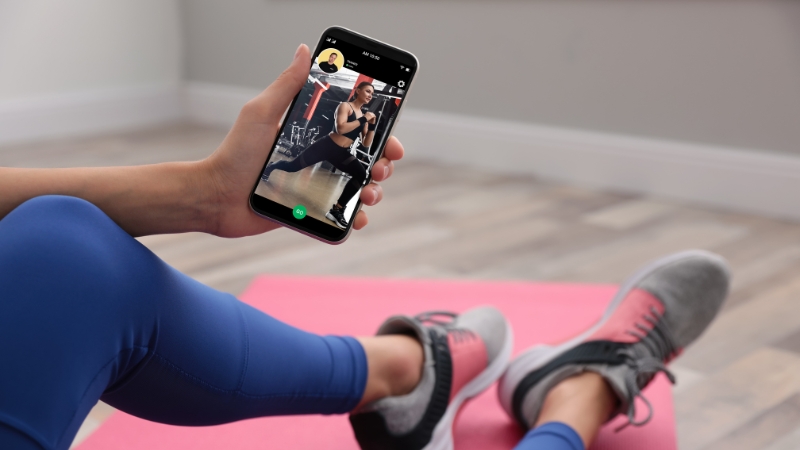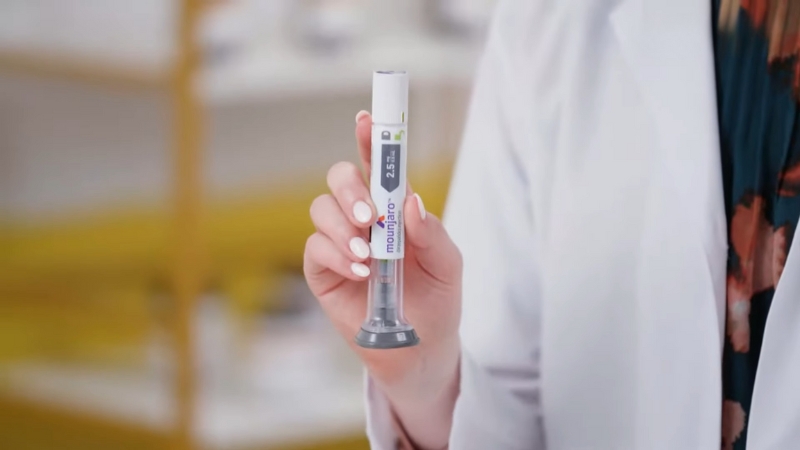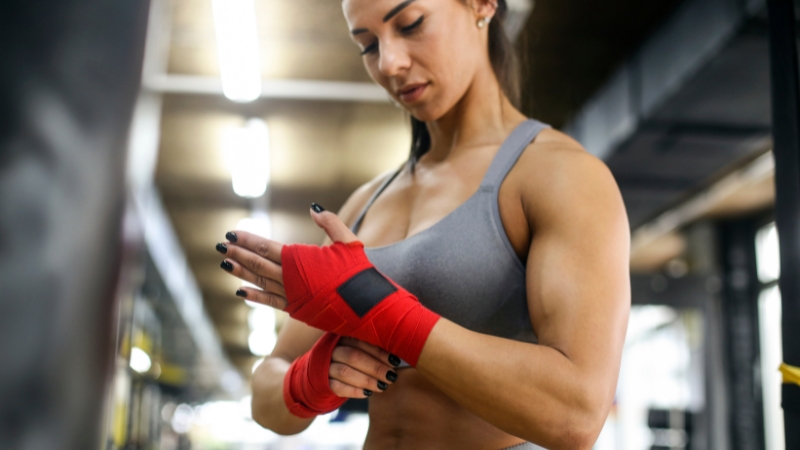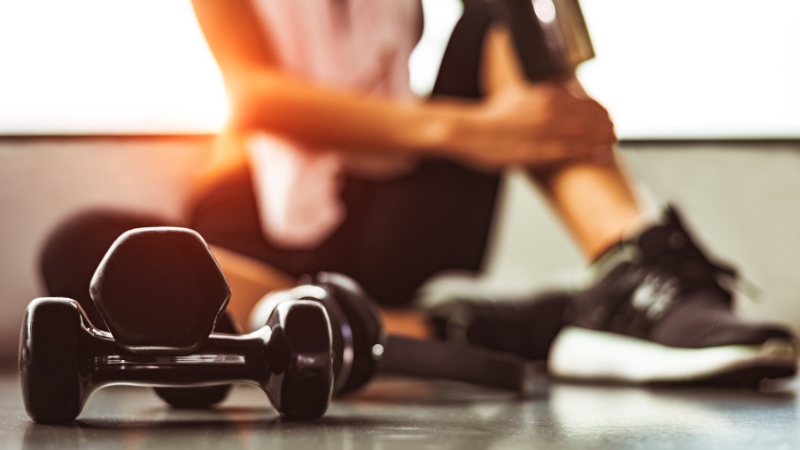
Share Post:
When your muscles are burning, your shirt’s soaked, and your legs feel like concrete, the workout might be over, but the recovery has only just begun.
What you eat in the next few hours plays a massive role in whether you bounce back stronger or stay sore and sluggish. The science behind muscle recovery isn’t new, but knowing exactly what to eat and when can make all the difference.
Let’s walk through the most effective recovery foods, along with how to actually use them in meals that make sense.
Table of Contents
ToggleThe Nutrients Your Muscles Are Craving

Protein
Aim for 20–30 grams of high-quality protein right after a workout. Complete protein sources are ideal – they contain all nine essential amino acids your body can’t make on its own.
Think eggs, dairy, poultry, fish, or high-grade protein powders like whey.
One amino acid, leucine, plays a leading role in triggering muscle protein synthesis via the mTOR pathway. It’s particularly abundant in dairy and whey.
Carbohydrates
To refill glycogen stores, 30–60 grams of carbohydrates post-exercise is a solid range. Complex sources like whole grains and starchy vegetables give longer-lasting energy, while simple carbs like fruit help replenish quickly.
Fats (especially omega‑3s)
You don’t need a ton right after training, but moderate amounts of healthy fats – particularly omega‑3 fatty acids – help fight exercise-induced inflammation. Think salmon, walnuts, chia seeds, flax, and even avocado.
Micronutrients and Electrolytes
- Magnesium: Muscle relaxation, cramp prevention
- Potassium: Nerve function, hydration
- Calcium: Muscle contraction, bone strength
- Sodium: Fluid balance, rehydration
Berries, leafy greens, bananas, seeds, and dairy all contribute to replenishing these essentials.
13 Best Muscle Recovery Foods (and Why They Work)
1. Eggs
Whole eggs score near the top for biological value (~100). They’re rich in leucine, and the yolk delivers vitamin D, B12, and antioxidants. Eating the whole egg has also been linked to better muscle gains and fat loss post-exercise.
The vitamin D and antioxidants in egg yolks boost recovery, and good overall health routines (like those promoted at vipdentalny.com) complement your nutrition.
2. Greek Yogurt & Cottage Cheese
Greek yogurt brings a mix of fast (whey) and slow (casein) protein, ideal for both quick recovery and overnight repair. Cottage cheese is especially high in casein, making it great for pre-sleep muscle support.
3. Whey Protein
Whey is the king of fast digestion. Whey hydrolysate absorbs in minutes and is packed with leucine. A shake can bridge the gap when a full meal isn’t possible right away.
4. Salmon (or Other Fatty Fish)
Salmon is a triple threat: high-quality protein, loaded with omega‑3s (EPA & DHA), and packed with selenium and B vitamins. It’s been shown to reduce inflammation and promote cell repair.
5. Lean Poultry (Chicken or Turkey)
Chicken breast or lean turkey provides clean, complete protein without extra fat. It’s easy on the stomach and works in tons of meals.
6. Quinoa
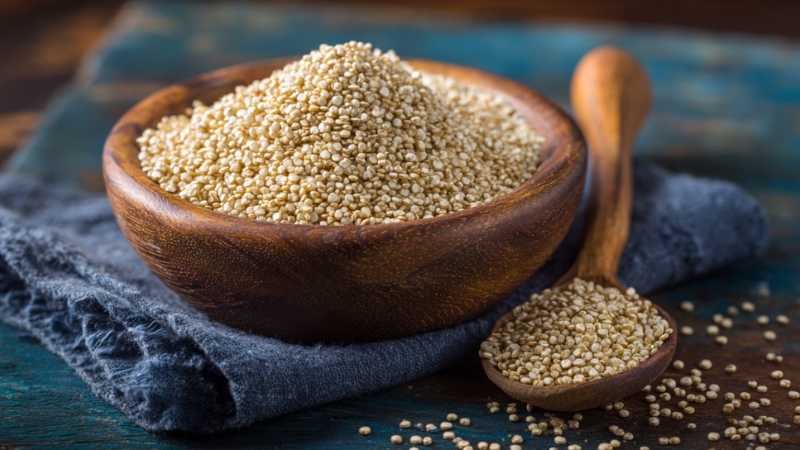
One of the few plant-based proteins that’s complete. Quinoa brings in ~8 grams of protein per cup, along with carbs, fiber, magnesium, and iron.
7. Sweet Potatoes
High in complex carbs, potassium, beta-carotene, and fiber. Helps refill glycogen and eases muscle cramps.
8. Berries and Tart Cherries
Loaded with antioxidants like anthocyanins and vitamin C., Tart cherry juice has been shown in multiple studies to lower DOMS and inflammation.
9. Bananas
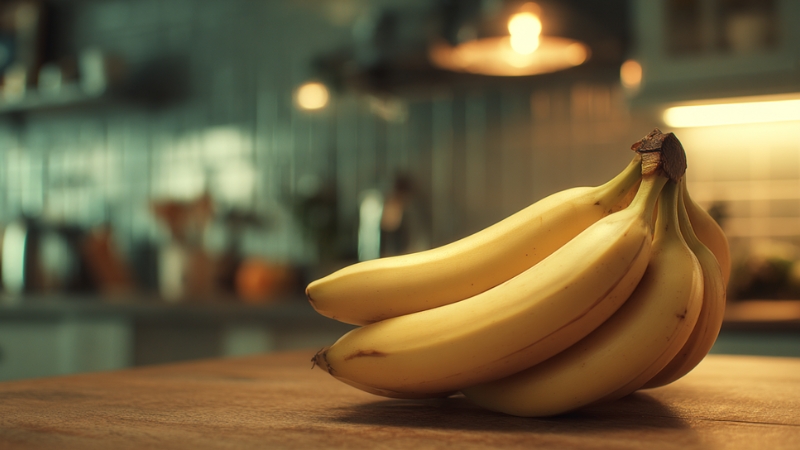
Fast-absorbing carbs with potassium and magnesium for cramp control and nerve function.
10. Leafy Greens (Spinach, Kale, Swiss Chard)
Rich in magnesium, iron, vitamin C, potassium, and polyphenols. Helps fight oxidative stress and supports fluid balance.
11. Watermelon
About 95% water, and a natural source of L‑citrulline, which may improve blood flow and reduce soreness.
12. Nuts and Seeds
@rasanfitness Nuts and seeds are good sources of protein, healthy fats, fibres, vitamins and minerals. its better to soak them overnight to remove the dust and phytic acid. #seeds #almonds #brazilnuts #pumpkinseeds #phyticacid #healthyeating #intermittentfasting #healthyliving #rasanfitness ♬ Drake style/HIPHOP beat(1491552) – Burning Man
Walnuts offer plant-based omega‑3s. Pumpkin seeds provide protein, magnesium, zinc, and iron. Long-term nut consumption supports lean muscle and overall health.
13. Goat Milk
Early research points to goat milk’s potential benefits in lean mass retention, especially in older adults. Easier to digest for many than cow’s milk.
Why Post‑Workout Nutrition Really Matters
After a tough workout – whether it’s heavy lifting, long-distance running, HIIT, or cycling – your body takes a hit in several ways:
- Glycogen stores are drained: Your muscles burn through stored carbohydrates to power movement.
- Muscle fibers experience micro-tears: That soreness you feel the next day (DOMS) is your body trying to repair itself.
- Electrolytes and fluids are lost through sweat: Dehydration and mineral imbalance can linger and affect performance the next day.
Eating the right combination of nutrients soon after training helps:
Timing matters. A window of roughly 30 to 120 minutes after exercise is ideal for refueling, especially when pairing carbs and protein. Within that window, the body is primed to absorb nutrients faster and more efficiently.
Practical Recovery Meal Ideas
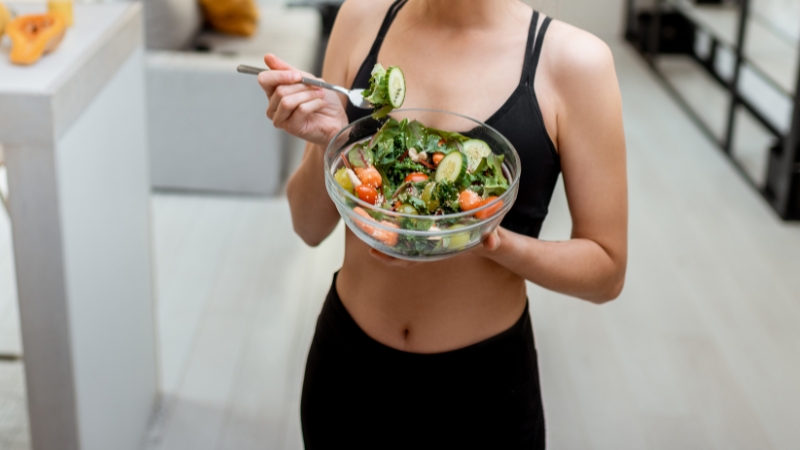
Here are sample ideas you can rotate based on time, preferences, and intensity of your session.
Meal/Snack
Protein (g)
Carbs (g)
Why It Works
Whey shake + banana
~25
~30
Quick absorption, glycogen + protein
Greek yogurt + berries + honey
~20–25
~30
Protein + antioxidants
Eggs + spinach + whole grain toast
~25
~30
High BV protein + fiber + minerals
Salmon + sweet potato + greens
~30
~40
Omega‑3s + complex carbs
Cottage cheese + walnuts + apple
~20–25
~25
Slow-release protein + healthy fats
Useful Supplements (When Needed)
Whole foods always come first, but smart supplementation has a place when the diet needs support.
- Creatine monohydrate: Increases power and recovery. The ideal dose is 3–5 g per day, consistently.
- HMB: Supports muscle preservation, especially for beginners or older adults.
- Omega‑3 capsules: For those not eating fatty fish regularly.
- Chocolate milk: Surprisingly effective. Contains the right carb-to-protein ratio and fluid for endurance recovery.
What to Skip After Training
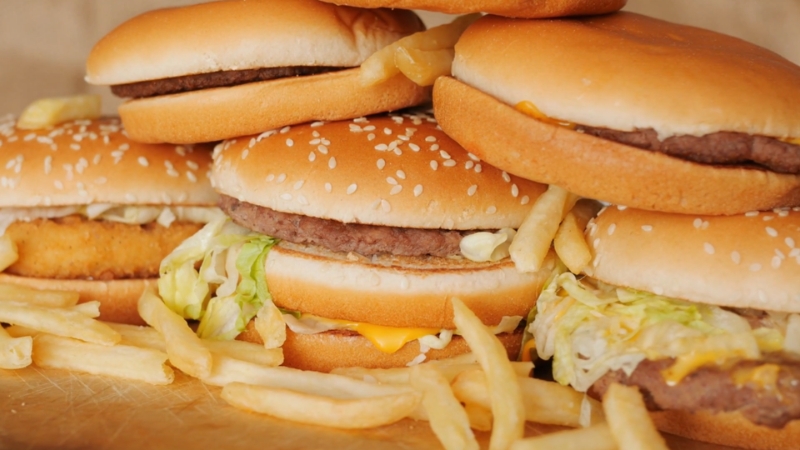
- Fried foods: Heavy fats slow digestion and may trigger inflammation.
- Sugary drinks: Spike insulin without nutritional value.
- Alcohol: Reduces protein synthesis, impairs rehydration, and slows recovery pathways.
Why Mixing It Up Helps
Recovery isn’t a one-food fix. Varying your meals ensures:
No single food covers everything, but together, they create a foundation your body can count on.
Special Considerations for Older Athletes
As we age, the need for more protein becomes essential – typically 1.0 to 1.6 g per kg body weight daily. Distributing it across meals, rather than in one big chunk, supports muscle maintenance and reduces sarcopenia.
Recovery-friendly choices for older adults:
A Sample Day Built for Recovery
- Morning workout snack: Whey protein shake + banana
- Mid-morning: Scrambled eggs + whole-grain toast + sautéed spinach
- Lunch: Grilled salmon + sweet potato + mixed greens with olive oil
- Afternoon snack: Cottage cheese with walnuts and blueberries
- Dinner: Quinoa bowl with chicken, avocado, roasted vegetables
- Evening snack: Greek yogurt or cottage cheese before bed
Drink water consistently throughout the day. Add watermelon or tart cherry juice if training intensity is high.
Final Thoughts
14 muscle-building foods to add to your diet:
1. Eggs pic.twitter.com/4SWQ5dCfdD
— 𝗙𝗮𝗿𝘀𝗵𝗮𝗱 (@farshadsarrafi) March 2, 2023
Muscle recovery isn’t magic – it’s a science that rewards those who pay attention to timing, nutrients, and consistency. Every hard workout deserves a smart recovery plan.
Focus on:
Train hard. Then eat like recovery matters – because it does. When you feed your body the right way, you’re not just reducing soreness. You’re investing in resilience, strength, and longevity. And that’s where the real gains live.
Related Posts:
- Muscle Recovery Explained - What Happens Inside Your…
- 10 Top Supplements for Faster Recovery After Long Runs
- Top Electrolyte-Rich Foods to Boost Your Fitness Regimen
- Best Post-Workout Recovery Hacks for Faster Muscle Repair
- Is Drinking Raw Eggs a Myth or a True Muscle…
- Calf Muscle Strains - Symptoms, Causes, and Recovery…






